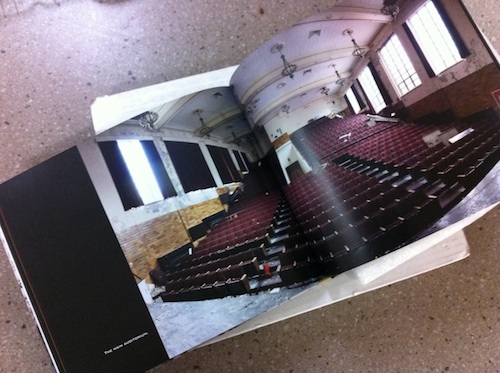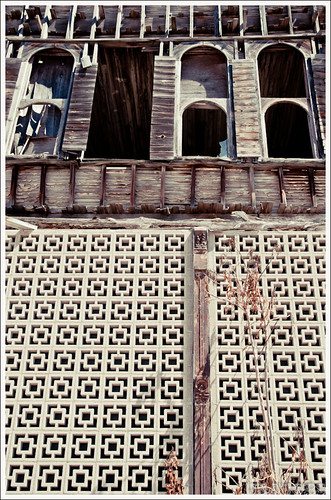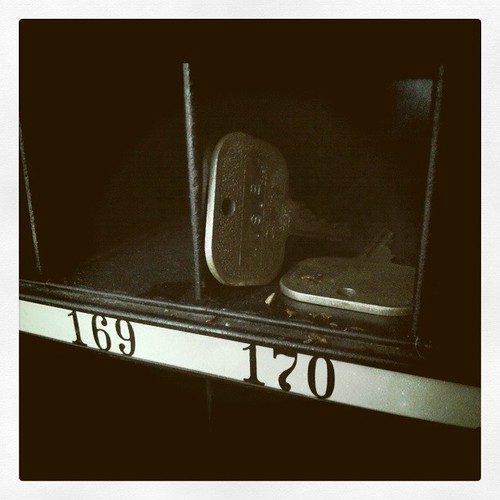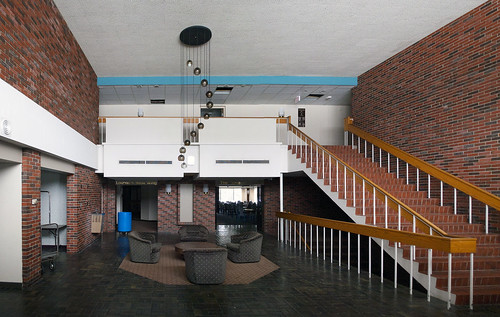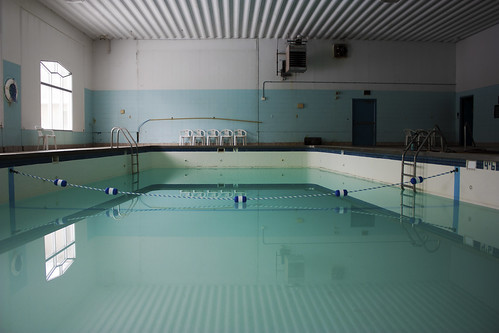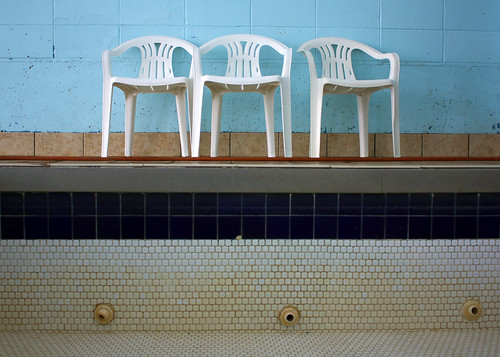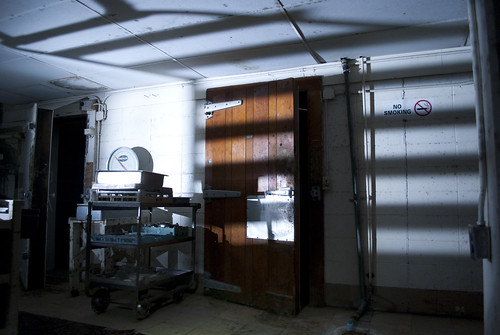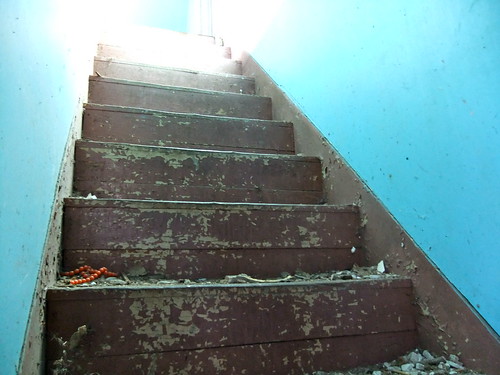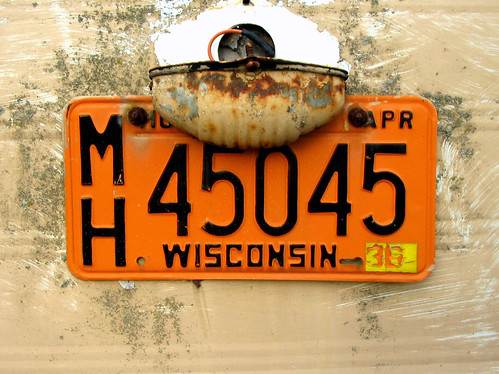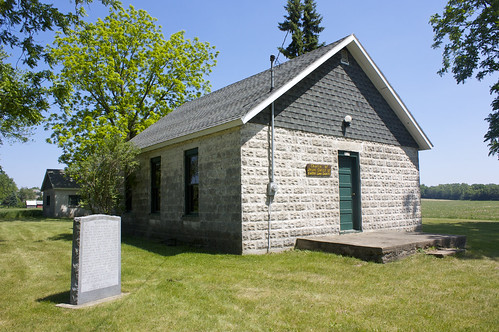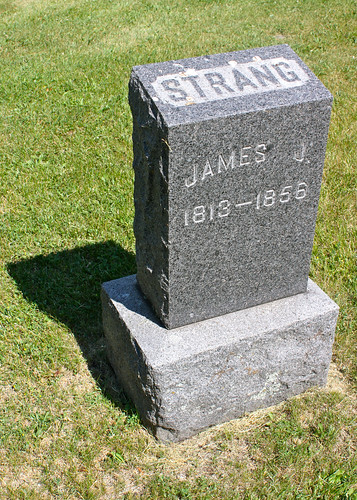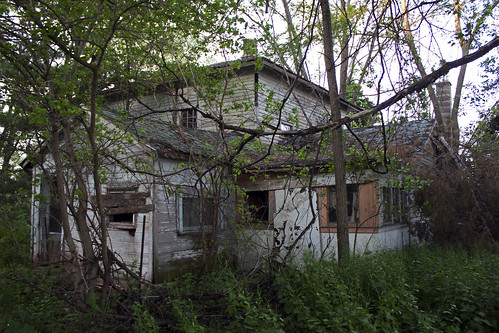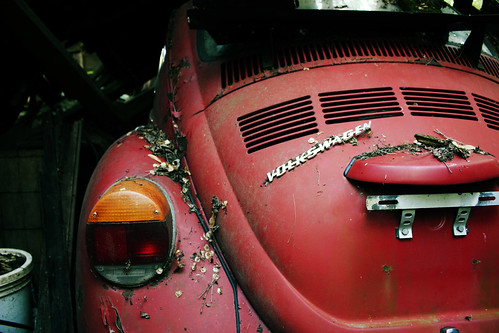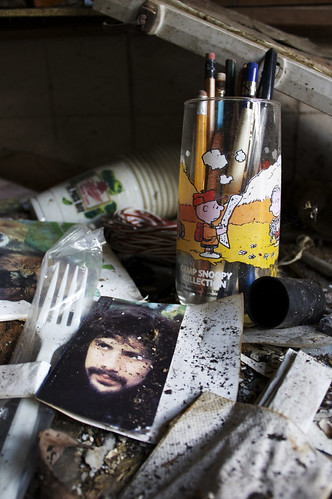I love urbex. My guess is you’re visiting this website because you love urbex too or are at least intrigued by what it is.
The economy in the United States is experiencing an extended period of unemployment hovering around 10%, enduring a foreclosure crisis and seeing an ever widening chasm between the poor and rich. A combination poor government leadership, enduring costly wars without end, living on credit, and allowing companies to squeeze consumers (namely banks and health insurance companies) without restraint is creating an environment where the number of urbex locations will increase. This is potentially great for future American Urbex content.
It isn’t great for college graduates looking to start their careers.
American Urbex is a project that helps occupy the time when I am not looking for a full-time job. More on that in a little bit…
I graduated from UW-Oshkosh with a Bachelors of Education in German and Speech Communication with honors. Getting my instructors license from the Wisconsin Department of Instruction was a bittersweet moment. There are no German or Speech Communication jobs in the state of Wisconsin. Nor do I anticipate one opening up for me in the near future. Teachers nearing retirement age are staying put longer due to the economic uncertainty. I can’t blame them for remaining. From a school district perspective it makes perfect sense to hire someone with at least a few years under their belt. Schools are already facing incredibly difficult budget cuts and each hire needs to come with some insurance that the person is somewhat proven.
For the last year I have been employed at UW-Whitewater as a Technical Support Analyst and I thoroughly enjoy my job. I have put my skills as a teacher to use by developing training sessions, documentation, and other instruction that helps our users better comprehend the technology. I must admit that during some of the downtime between monitoring updates I have worked on American Urbex articles to keep myself intellectually engaged. It is a worthwhile endeavor that creates something useful not only for myself, but for others.
In that downtime and when I get home, however, I spend time looking for a better paying full-time job commensurate with my skills. Without available teaching positions I have been applying for jobs in other sectors. I cannot even recall how many applications I have filled out, but I have tried to make the most of the three interviews I have gotten. In the interviews I try to connect my teaching and technical support experiences to what the employers are looking for. Either it doesn’t directly relate or I stumble through making those connections.
My student loans are now due and I can barely manage to pay. After prescriptions and other bills there is not anything left of my check. There is a roof over my head and food on my plate, and for that, I am greatful. My fear is that this will become the norm in my life. A few years back my dream was to have a steady job to finance travel to urbex locations far away. I was told if you stay in school and work hard that the American Dream could be yours. I stayed in school and worked hard. I’ve put my nose to the ground and chased any lead to the American Dream.
Somewhere along the way I realized that I do not believe in the American Dream.
Ascerbic comedian George Carlin once joked that you would have to be asleep to believe in the American Dream. It wouldn’t be so funny if it didn’t contain some grain of tragic truth. The American Dream is a manufactured ideal that Americans have outsourced to nations that will build it cheaper. It is now only accessible to those lucky enough with a job not outsourced.
Following the model for success offered by the American Dream isn’t working. Tapping local social connections, submitting applications and hoping for the best isn’t working. Getting connected online and using job search resources isn’t working. The maxim “if at first you don’t succeed, try, try again” has been a grinding exercise in frustration looking for a job. Albert Einstein said insanity is “doing the same thing over and over again and expecting different results.” Perhaps it is my German education experience that inclines me to hold Einstein’s bit of advice as more sage. If I were to go into teaching German or Speech Communications I would be engaged in something I love, but would be actively promoting a hypocrisy spread in schools. Working hard and doing well in school no longer guarantees an individual access to a job with a comfortable wage.
When I am photographing an urbex location I see remnants of the American Dream. I see it in the ingenuity of the massive steel machines left behind in factories. I see it in the peeling paint on an abandoned home. I see it in the fading logo of an American made pickup trapped in a collapsed garage. When reconciling the past with the present I can’t help but wonder when America will wake up from the dream. One thing I try to accomplish with my photography is to show comfortable Americans that, yes, this nightmare is the part of the American Dream that is conveniently omitted.
What I do believe in is an American Reality.
Unlike the now outsourced and manufactured American Dream, the American Reality can only be crafted by an individual. For me that means reevaluating my skills and trying to apply them towards a new career. For American Urbex that means holding off on traveling to the next big urbex adventure until I figure out what to do. The reality is I can’t afford to dream and neither can my fellow struggling American citizen. At this moment my American Reality is in a state of chaos.
Comments are open for debate, criticism and job leads.




